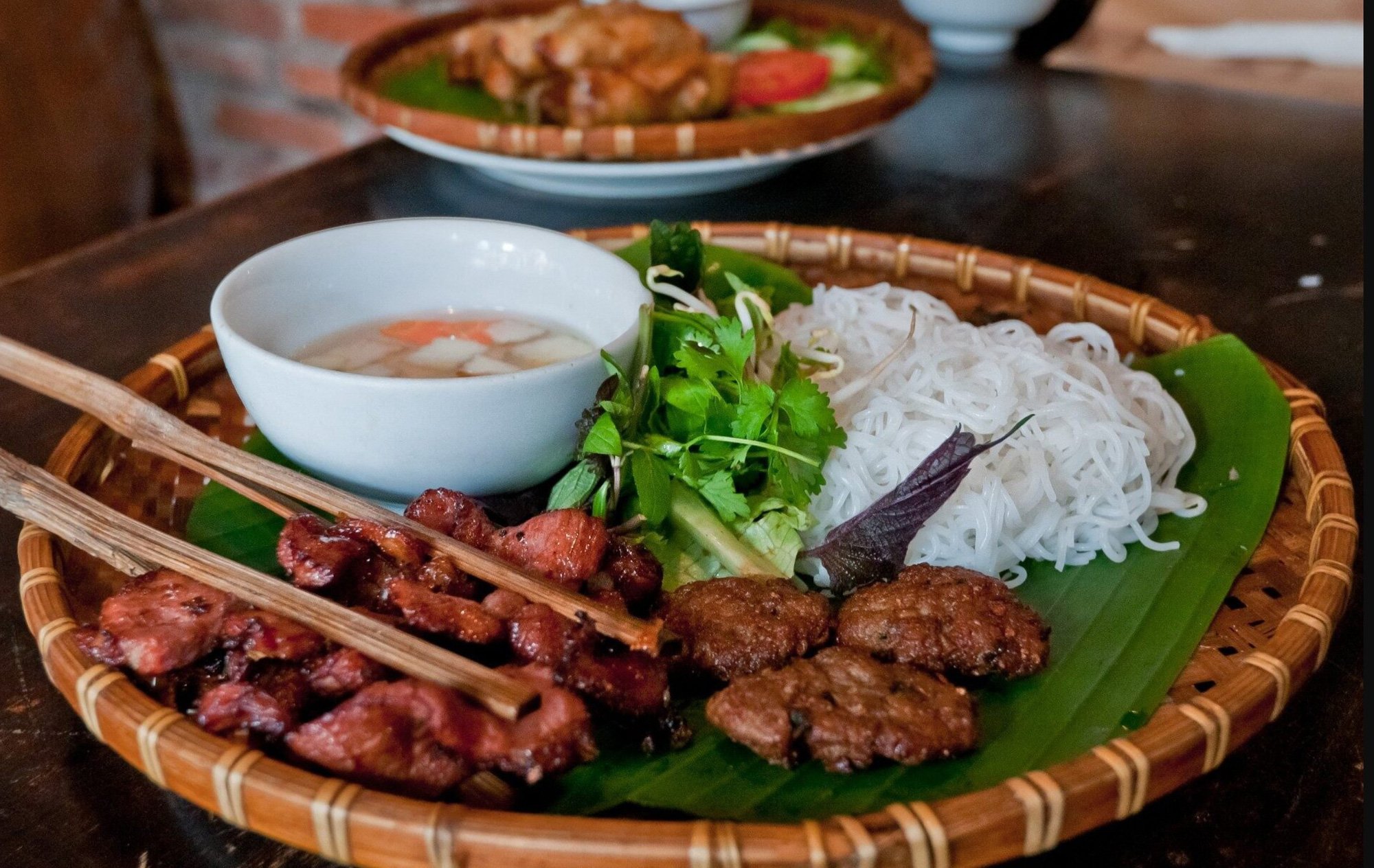

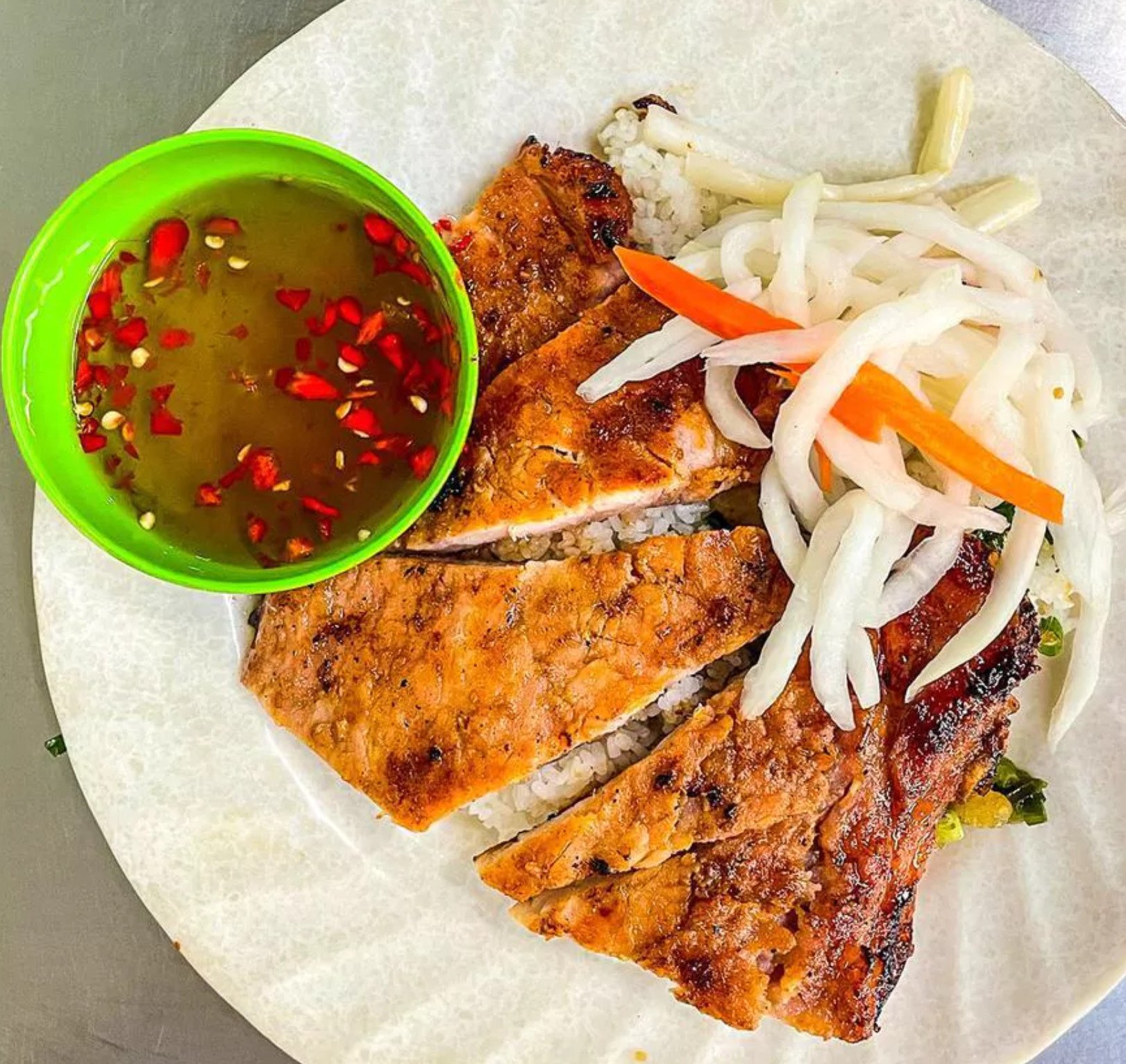
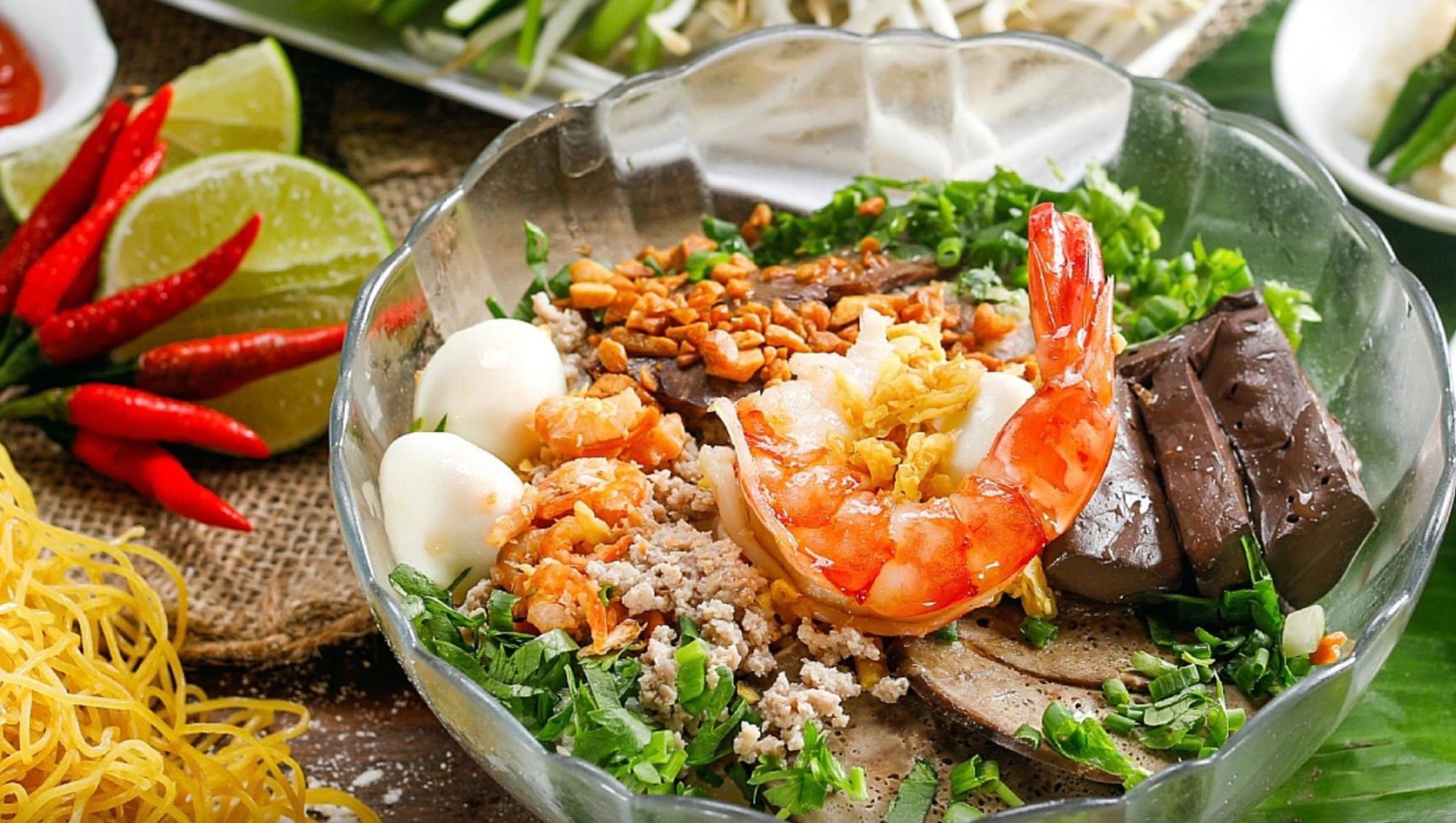
Hu tieu, banh mi, bun cha, broken rice.... are not all of Vietnamese cuisine.
But why do people still look there with a "street" and "popular" cuisine revolving around pho, banh mi, bun cha, hu tieu, bun bo Hue...
That doesn’t mean pho, banh mi, bun cha, hu tieu, bun bo Hue… aren’t good. But that’s not enough. The “portrait” of Vietnamese cuisine is rich, diverse, and perhaps even much more upscale.
7 Michelin stars have only one pure Vietnamese restaurant
At the announcement ceremony on the evening of June 27 in Ho Chi Minh City, in addition to the four names from last year (Gia, Hibana by Koki, Tam Vi, Anan Saigon), this year there were three more restaurants: Akuna, The Royal Pavilion, La Maison 1888 receiving 1 Michelin star (for restaurants that are very good compared to the general level, have delicious dishes, and are worth stopping to enjoy).
However, according to the above list, except for Tam Vi, which offers purely Vietnamese dishes with the typical flavors of the three regions of North - Central - South and cooked in the traditional style, the remaining six names are all restaurants that offer Vietnamese dishes + or foreign cuisine.
Vietnamese+ is a fun way of saying Vietnamese dishes that have been upgraded and upgraded with international flavors. In this list, there are Anan Saigon and Gia, run by Peter Cuong Franklin (of Vietnamese origin) and Sam Tran (who worked in Australia for a while before returning home and founding Gia in Hanoi).
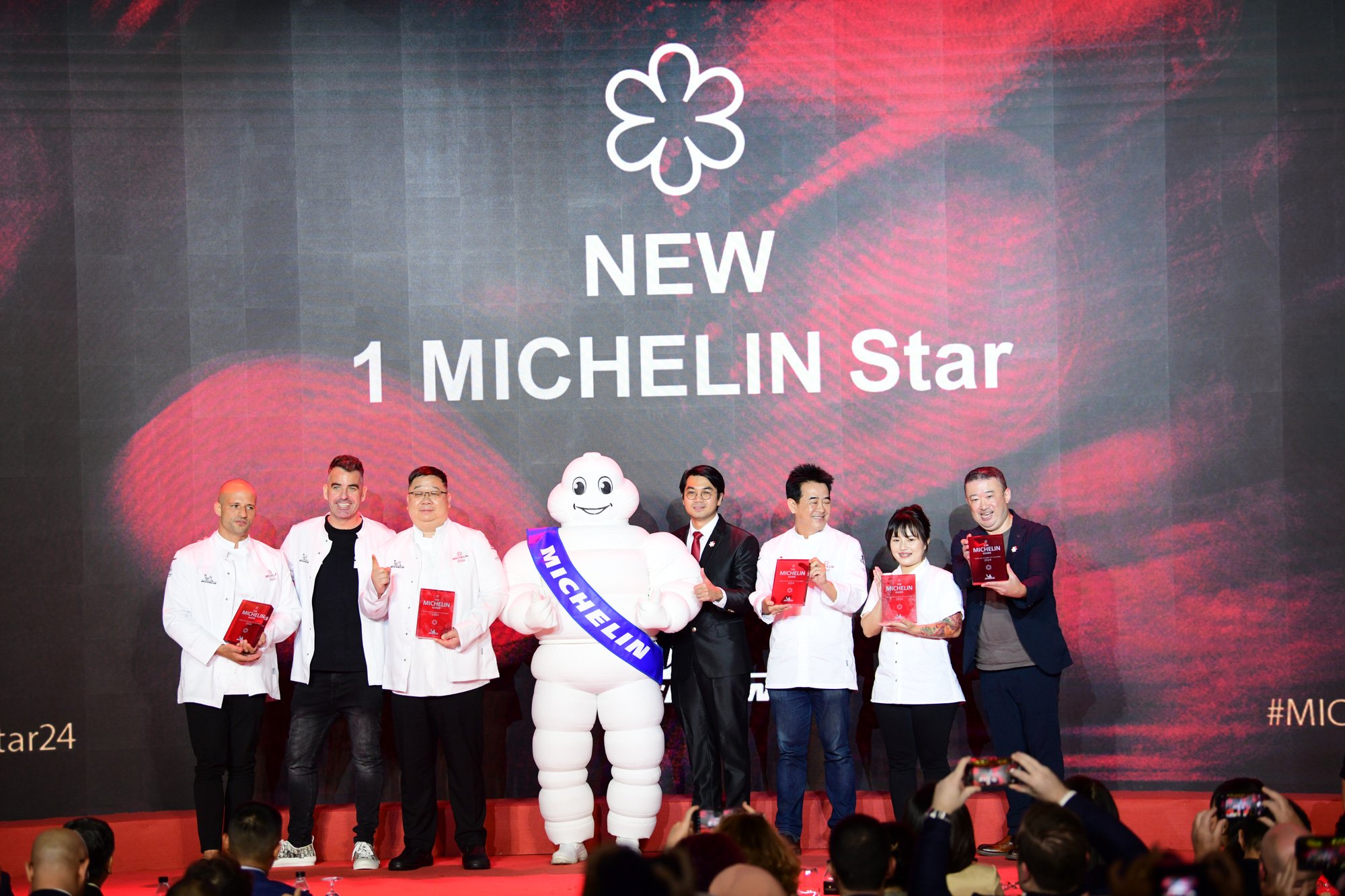
Awarding of 1-star Michelin Guide restaurants - Photo: QUANG DINH
Akuna specializes in European dishes combined with Vietnamese cuisine, Hibana by Koki focuses on Japanese dishes, La Maison 1888 specializes in serving a menu of 5 or 7 dishes with premium ingredients from Vietnam, France and Japan. Meanwhile, The Royal Pavilion has a Cantonese culinary style.
In a conversation with a foreign culinary expert, this person said: "Vietnamese cuisine is delicious and diverse but has not yet developed." He explained: "You lack openness, are somewhat conservative and still have strong regional characteristics."
Obviously, the above statement is likely to cause a wave of debate. And to explain this story, it is not enough to summarize it in one or two sentences. Observing the public opinion surrounding the Michelin Guide award in recent times, it is easy to see quite fierce opposing public opinions.
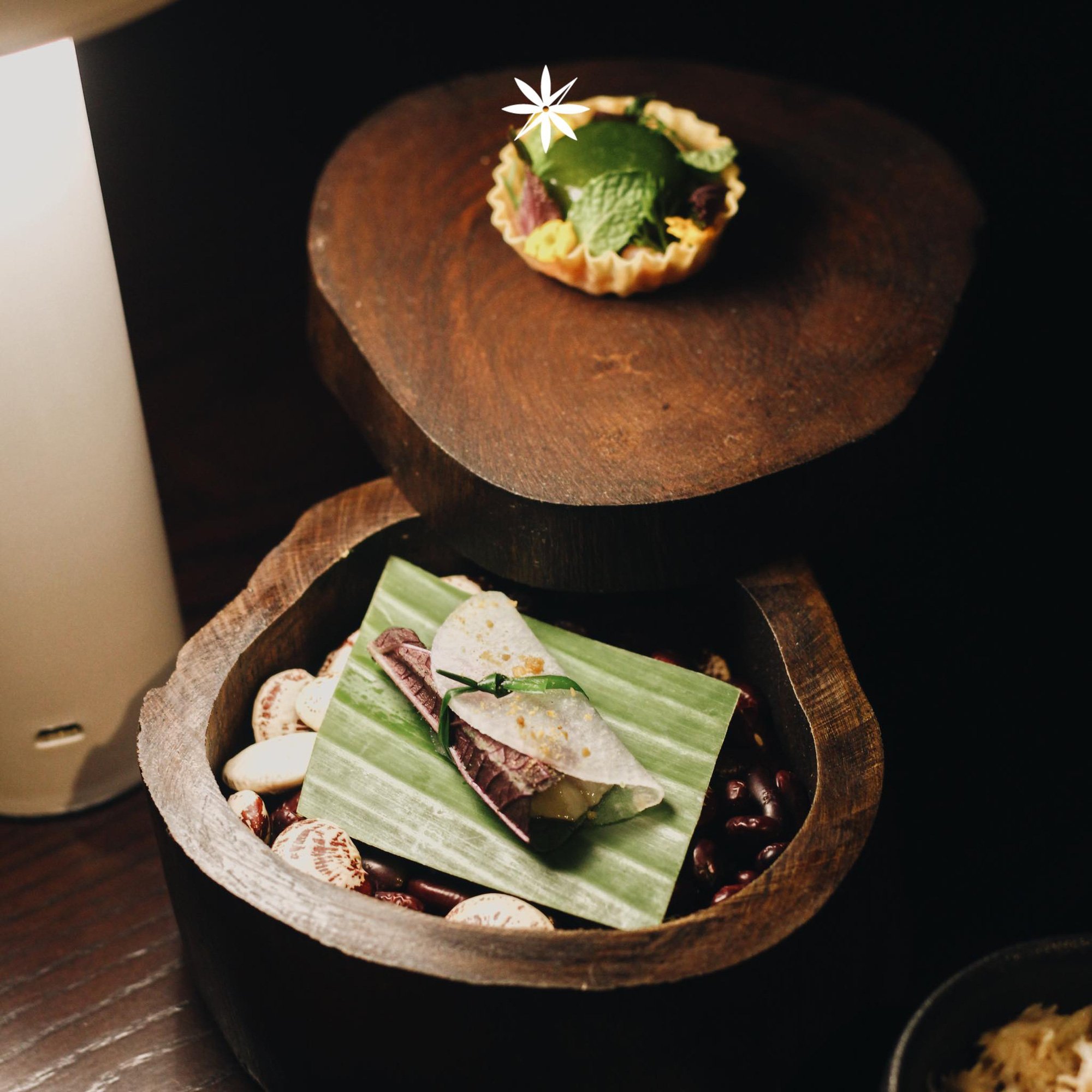
Sam Tran - representative of Gia restaurant (1 Michelin star) - said that when she goes out to eat, she always remembers her feelings about the dishes and then finds ways to renew and upgrade them - Photo: FBNH
For example, among the 24 establishments in Ho Chi Minh City listed in the Bib Gourmand category (good food at affordable prices) announced by the Michelin Guide this year, there are up to 8 pho restaurants. This has upset some diners in Ho Chi Minh City, because according to them, pho is not a typical dish here.
Right under the Michelin Guide post, someone asked: "Do Michelin Guide reviewers only know about pho?". Someone else wondered "why don't you see hu tieu, banh mi, com tam?"...
Last year, establishments that made it onto the Michelin Guide list were also scrutinized by the public. The public opinion was so noisy that Mr. Gwendal Poullennec - international director of Michelin Guide - had a conversation with the media to explain.
Culinary expert Chiem Thanh Long - Vice President of the Vietnam Culinary Association - said: "Foreigners do not care about regional characteristics but focus on the overall characteristics, their perception of food is also different from ours. Only Vietnamese people often use tradition and regional characteristics to judge."
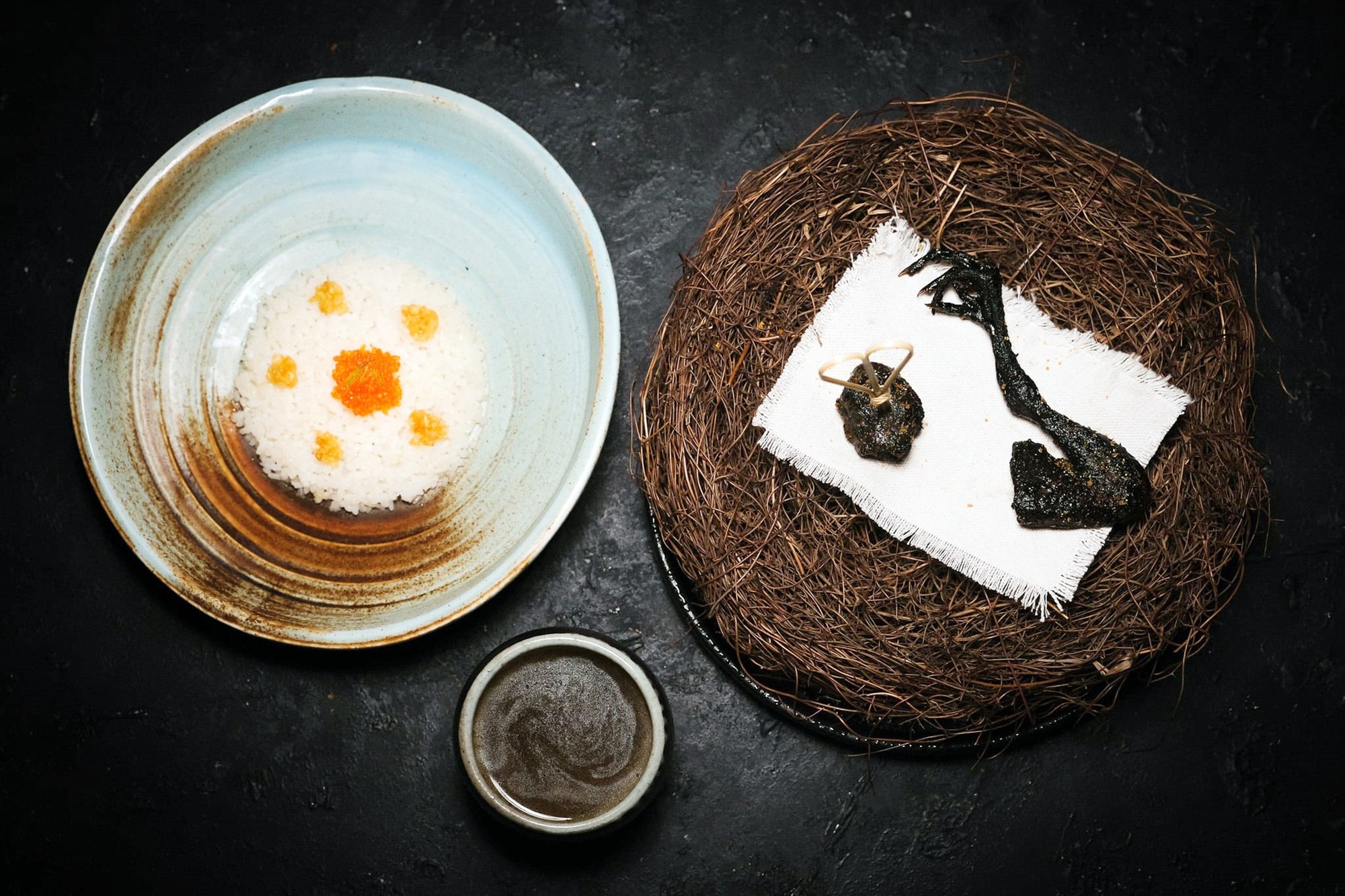
Broken rice is the main ingredient of a dish called Hope at Nen Danang - Photo: FBNH
Young Vietnamese chefs have the courage to embark on the path of innovation and creativity as well as the open spirit to accept new things in culinary preparation.
Vietnam's high-end culinary segment is developing a bit slowly.
Sharing with Tuoi Tre , chef Sam Aisbett (Akuna restaurant, recently awarded 1 Michelin star) disagrees with the statement "Vietnamese cuisine is delicious but not yet developed", because according to him, "Vietnam has a very developed culinary scene".
"Vietnamese cuisine will increasingly expand and absorb the quintessence of world cuisine," said Mr. Sam.
Malaysian chef Adrian Chong Yen - founder and head chef of Sol Kitchen & Bar (newly listed as a Bib Gourmand) - believes that Vietnamese cuisine is becoming more demanding and curious about world cuisine.
With globalization and connectivity, Vietnamese cuisine absorbs the quintessence of humanity more and more easily.
Culinary expert Phan Ton Tinh Hai sees Tam Vi - the only purely Vietnamese restaurant on the Michelin 1-star list - "not as a shortcoming of Vietnamese cuisine but as an opportunity for us to look back at our entire culinary culture together."
However, Ms. Hai disagrees when saying that Vietnamese cuisine lacks openness and is conservative. According to her, the number of Vietnamese dishes is very large, with many ways of preparation (some elaborate, some simple), using countless ingredients, and many ways to eat.
Through each era, each dish has a different variation to suit the taste of diners (domestic and foreign).
“Personally, I think Vietnamese food is about openness, connection and hospitality,” she said.
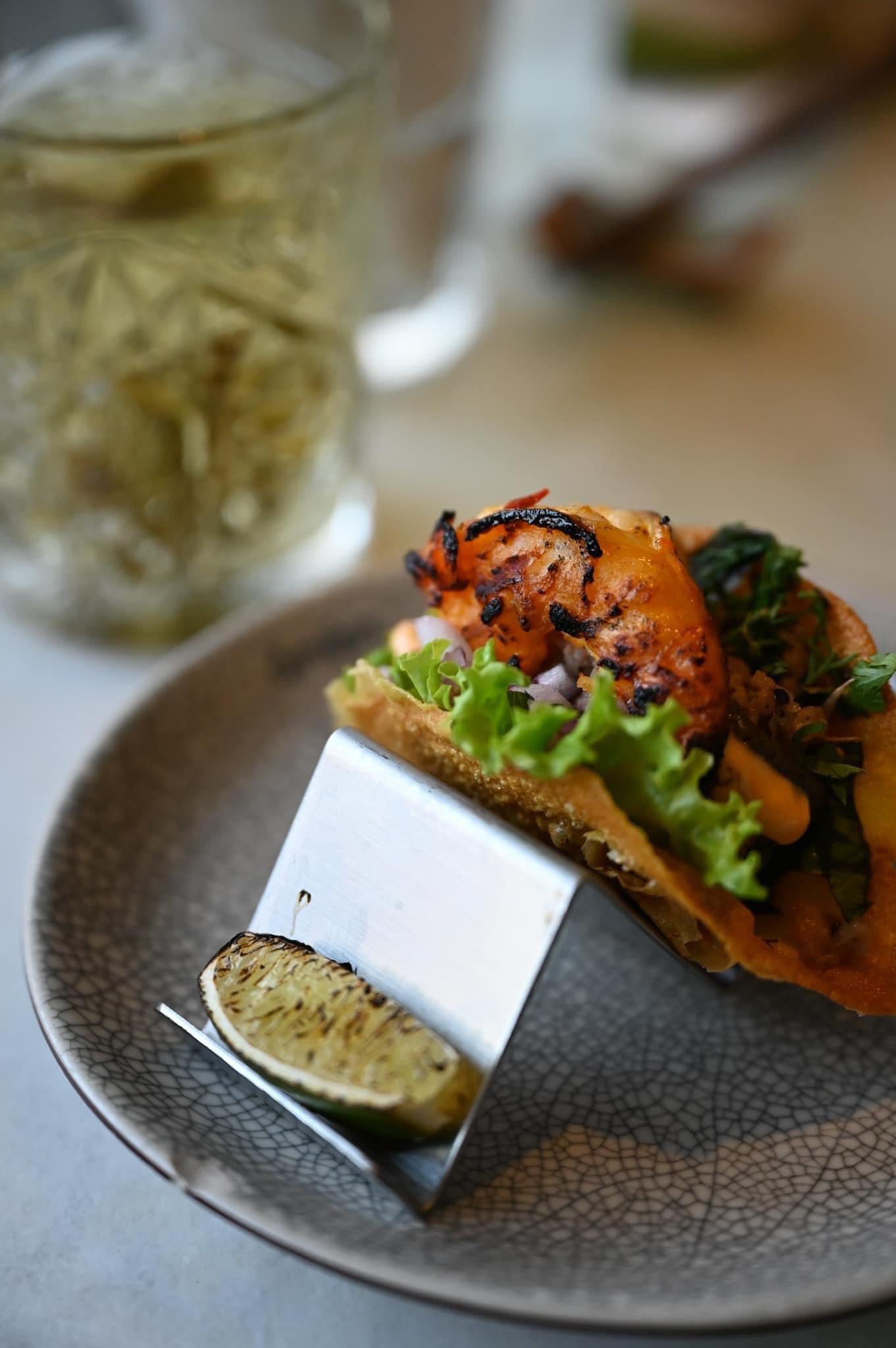
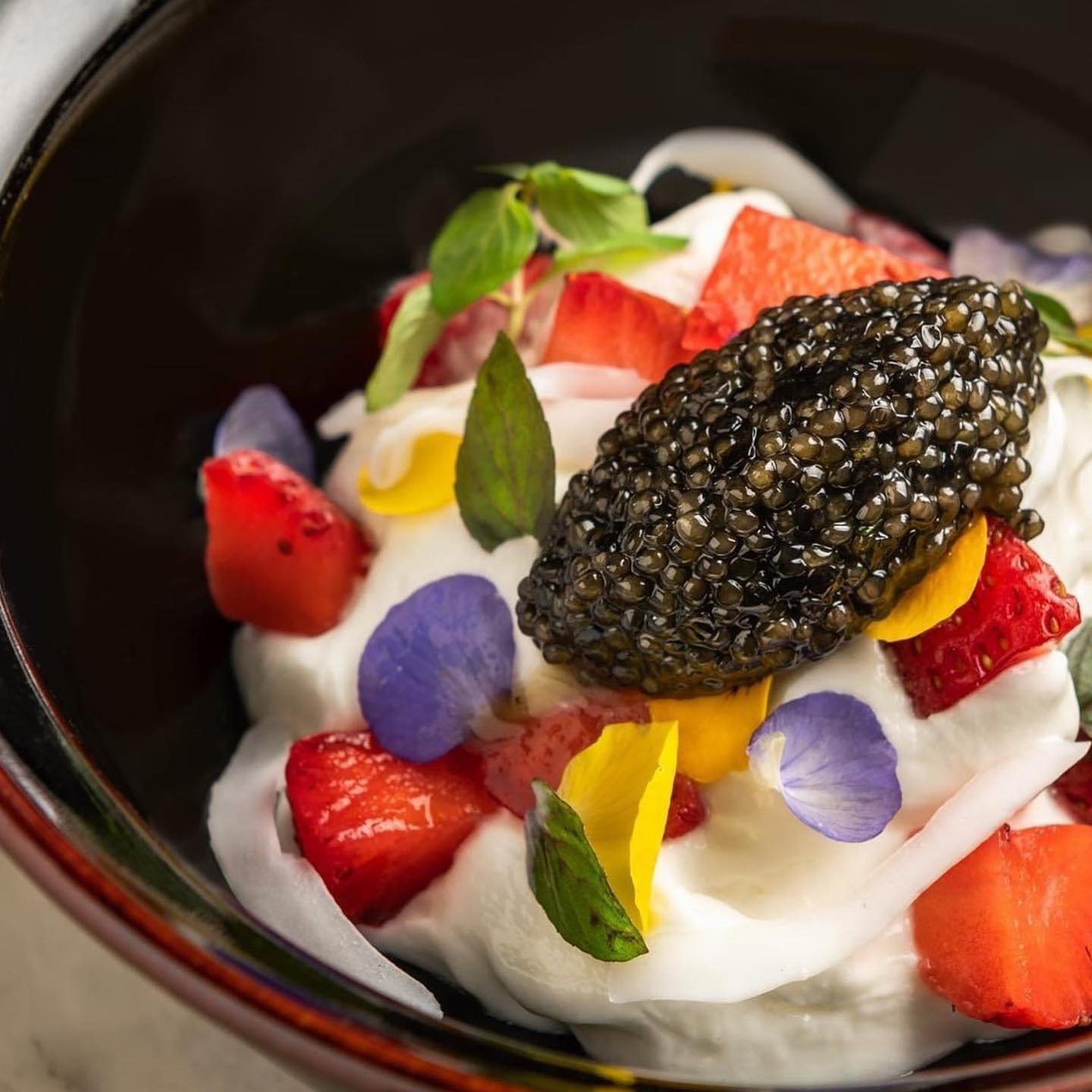
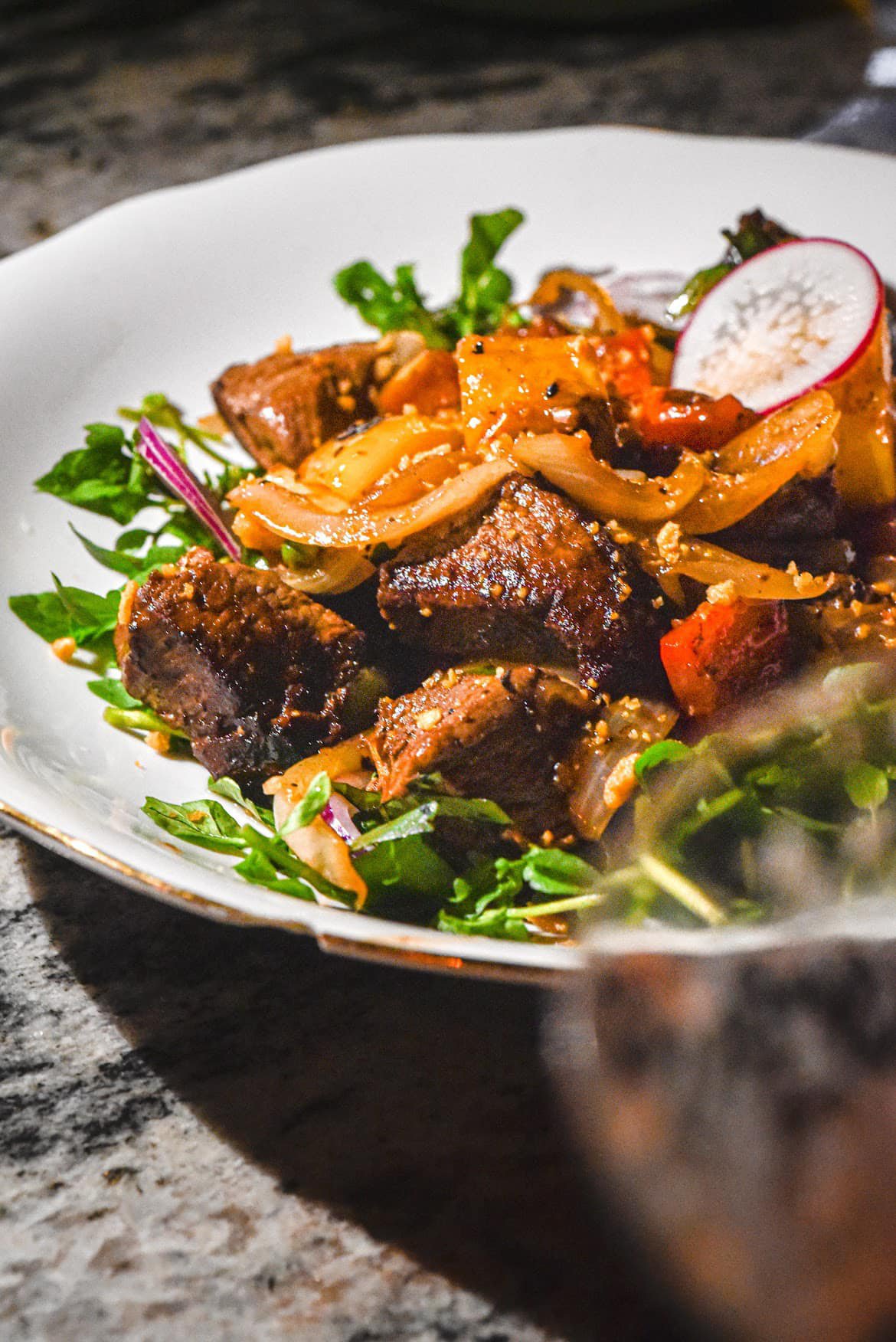
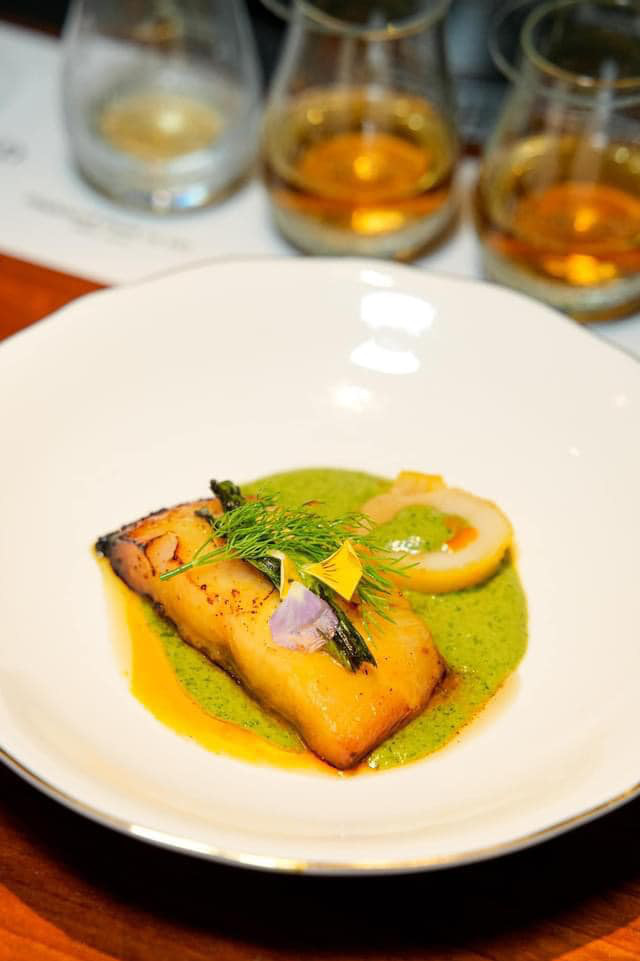
Chef Peter Cuong has brought a new look and flavor to Vietnamese food at Anan Saigon - Photo: FBNH
Regarding the above comment, Ms. Summer Le - representative of Nen Danang (the first restaurant in Vietnam to receive the Michelin Green Star Award - told Tuoi Tre that Vietnam's street food is currently very developed and loved by international tourists.
However, there are still other areas of our cuisine that have not yet developed. She gives an example of fine-dining - a form of dining at a high-end restaurant, aiming for a refined, luxurious culinary experience with quality dishes.
It's true that we are currently developing slower than other countries in the field of fine-dining, but the younger generation like us is proving the opposite.
Summer Le said the reason Nen uses Vietnamese materials to develop in this direction is to prove that "Vietnamese materials alone are already very good". According to her, in this matter, if you understand the materials, you can completely improve.
However, according to Ms. Summer Le, there are also some shortcomings that need to be overcome if we want to develop and upgrade Vietnamese cuisine. She said that in Japan, there is a very scientific system for classifying ingredients. For example, with mangoes, they measure the sugar content and classify mango varieties in detail...
In Vietnam, restaurant owners have to do everything themselves, which is generally very difficult. "If there was a system to rank Vietnamese ingredients like this, it would be easier for both Vietnamese and international chefs who want to develop Vietnamese ingredients," she said.
Source: https://tuoitre.vn/am-thuc-viet-loanh-quanh-chi-co-bun-cha-pho-hu-tieu-va-com-tam-20240629093848902.htm



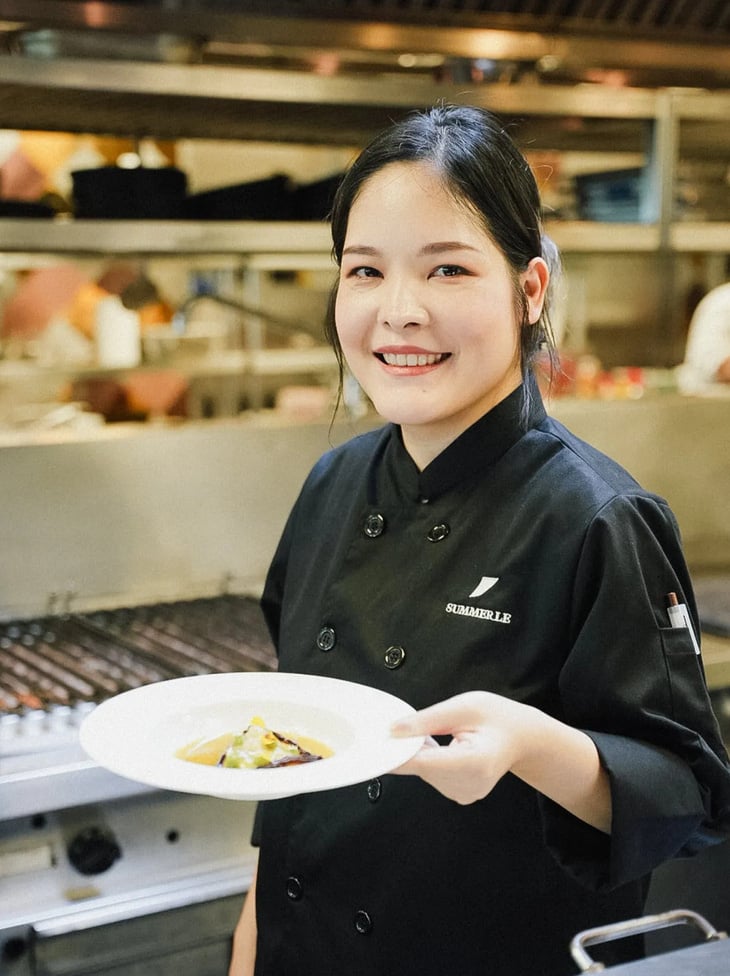


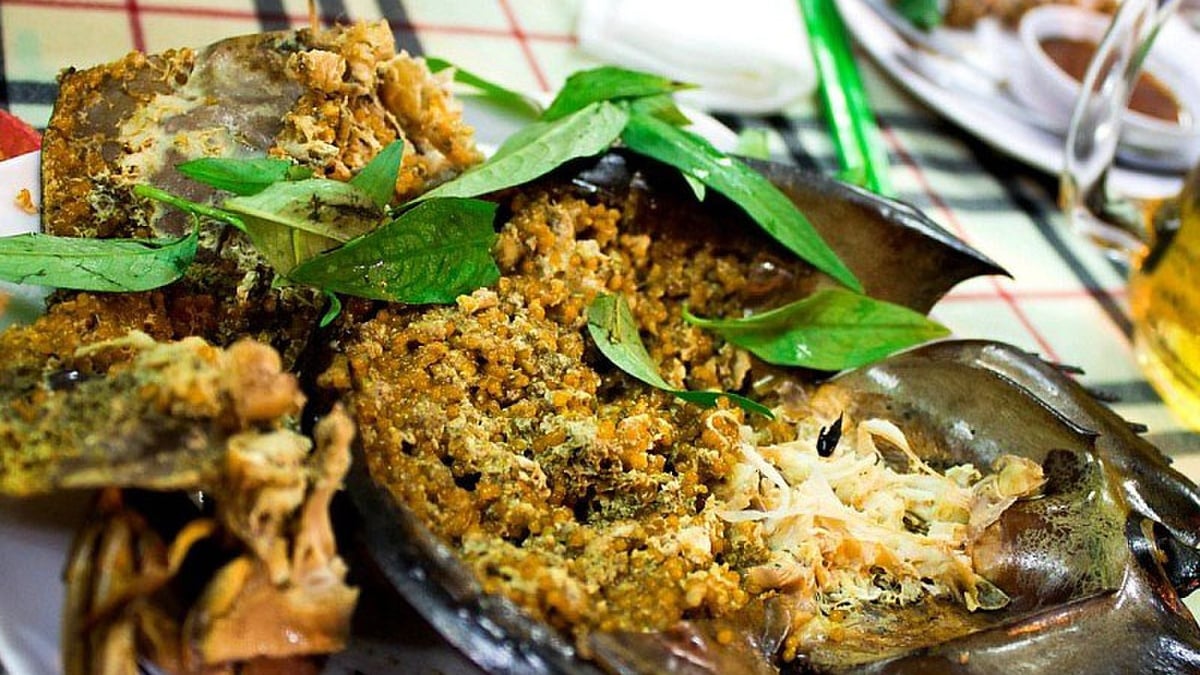
![[Photo] Ha Giang: Many key projects under construction during the holiday season](https://vphoto.vietnam.vn/thumb/1200x675/vietnam/resource/IMAGE/2025/5/1/8b8d87a9bd9b4d279bf5c1f71c030dec)

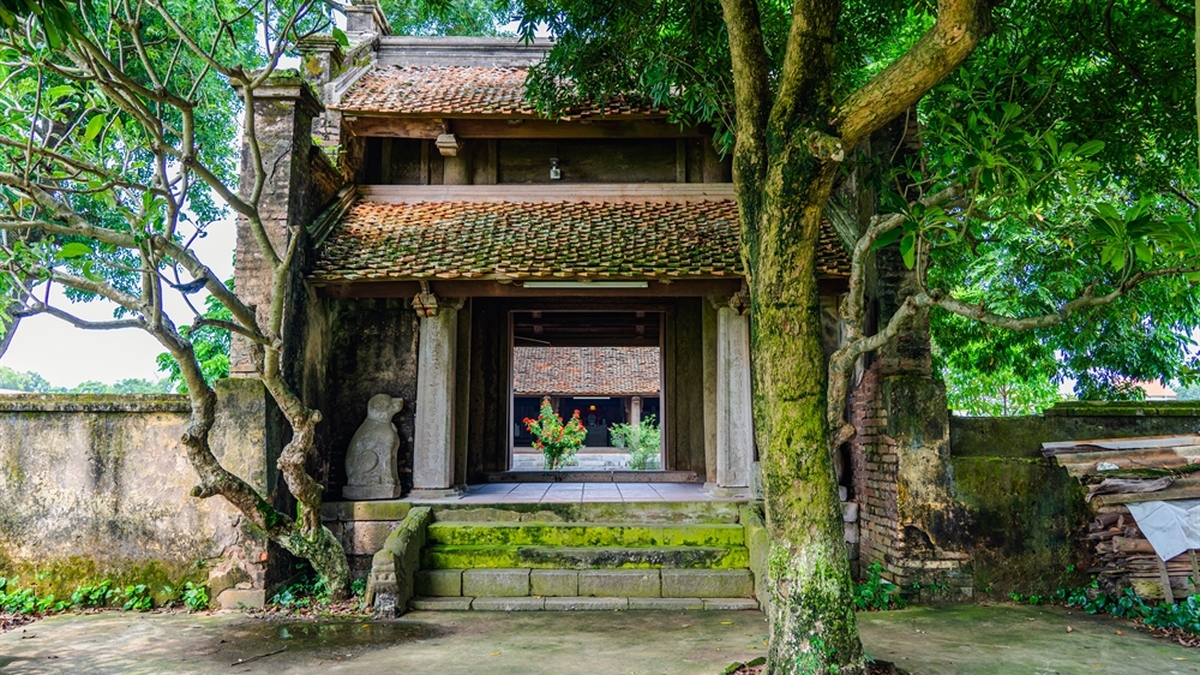



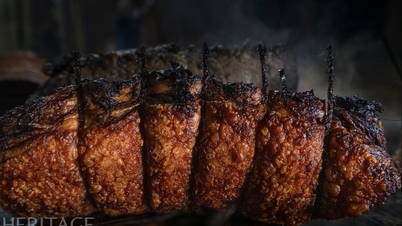

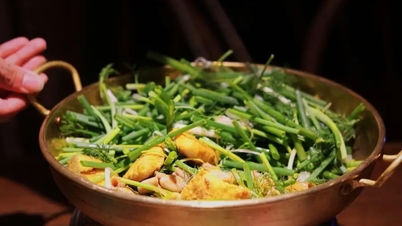















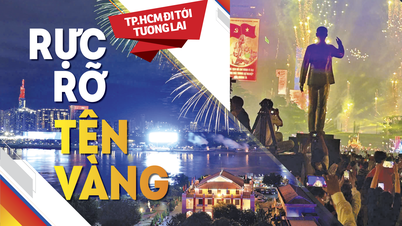



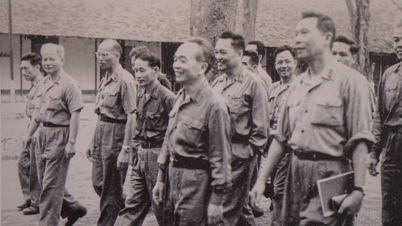
![[Photo] Feast your eyes on images of parades and marching groups seen from above](https://vphoto.vietnam.vn/thumb/1200x675/vietnam/resource/IMAGE/2025/4/30/3525302266124e69819126aa93c41092)
![[Photo] Fireworks light up the sky of Ho Chi Minh City 50 years after Liberation Day](https://vphoto.vietnam.vn/thumb/1200x675/vietnam/resource/IMAGE/2025/4/30/8efd6e5cb4e147b4897305b65eb00c6f)

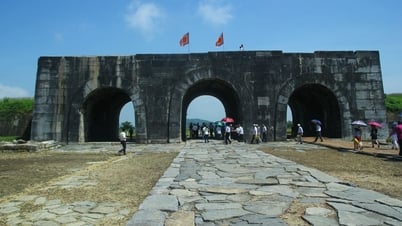














































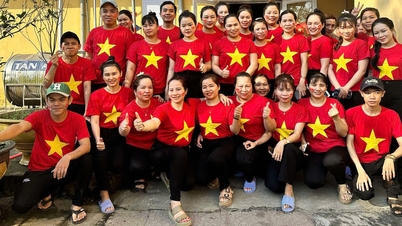





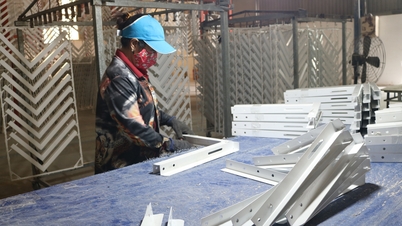












Comment (0)